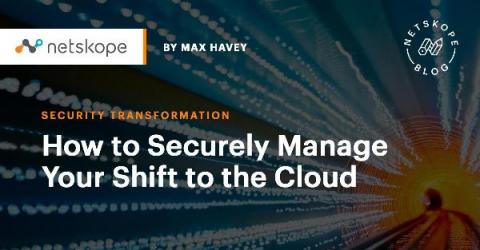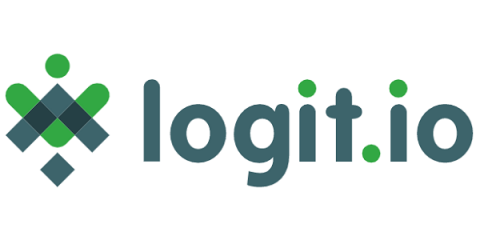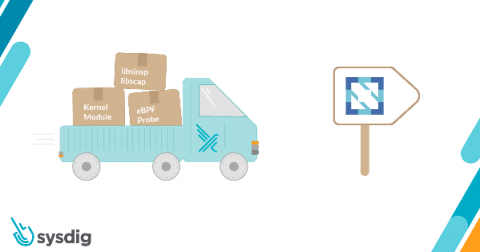Tales from a Social Engineer - Romance Scams
Internet dating is a great thing. No longer are you reliant on bumping into that future special someone in a bar, at the workplace, or in the local coffee shop. As humans, our world has never been so connected, our reach so vast and now even finding love the same is true. Firstly, let’s just start by accepting internet dating is a thing and has been a thing before the world went into various states of lockdown, it has been around pretty much since the widespread use of the internet itself.











